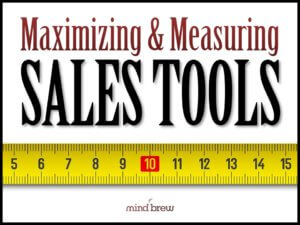In 2006, British mathematician and data scientist Clive Humby announced, “Data is the new oil. It’s valuable, but if unrefined it cannot really be used.”
Since then, people have repeated the idea that “data is the new oil” so often that it’s become something of a mantra. Every analytics vendor in the market has used it to hawk their wares. In the age of Google, Facebook, and online advertising, data certainly seems like the most powerful driver in the economy. And executives have eagerly jumped on the bandwagon, not wanting to be left behind as everyone else gets rich off this new economic boom.
We think the comparison between oil and data is a good one. The two parallel each other in many ways.
But it’s also important to remember that oil and data are different in some key ways. And it is in these differences that the real value of data lies.
Here’s what I mean:
- The amount of crude oil in the earth’s crust is fixed. We can’t make any more. (Yes, the earth is slowly creating more by squeezing decomposing organic matter, but we can’t really affect that process.) By contrast, we’re making more data every day. And we’re also constantly coming up with new tools to capture more data that was uncaptured before. That means the opportunity available through data is always growing.
- The process of how to turn crude oil into valuable commodities like gasoline or plastic is well known. Companies have a few proprietary tricks, but by and large, none of processes for refining oil are a secret. If you follow the steps, you will get the end result you want. But there is no established method for refining data. You aren’t guaranteed to get the insights you need if you follow the standard industry practice. That means refining data carries risk, but also opportunity. If you can do a better job refining data than your competitors do, you will have a distinct advantage in the marketplace.
- Oil gets turned into commodities that have a clear, established market value. On the other hand, data gets transformed not into commodities, but into insights, which are potentially far more valuable. Those insights can result in exponential growth in your company’s bottom line that last far longer than any commodity product.
What kind of insights are we talking about? Just from within sales data, you should be able to discover
- What customers are willing to pay — so you can capture more sales at higher margin.
- Which customers are beginning to defect — so you have an early warning system to help improve retention.
- Which products customers should be buying — so you can develop prescriptive account plans and improve share-of-wallet with each sale.
- Which prospects are ideal fits — so you can point your sales team at new opportunities that they’re likely to win.
If you aren’t already doing a lot of data analysis, these sorts of insights might seem highly advanced. But the truth is that uncovering this information is extremely doable with today’s technology.
All these insights are hiding in your data right now. It’s just a matter of refining that data to get them.
If you’d like to learn more about how to refine your data, check out Predictive Sales Analytics. It covers the core principles that you really need to understand, as well as some myths and misperceptions about how analytics works.
And Inside the New Science of Sales takes a deeper look at the technology, explaining the differences among the different types of tools and demystifying some of the terminology.
In the end, data isn’t oil — it’s far, far better and potentially more profitable for your company, if you learn how to refine what you have.












